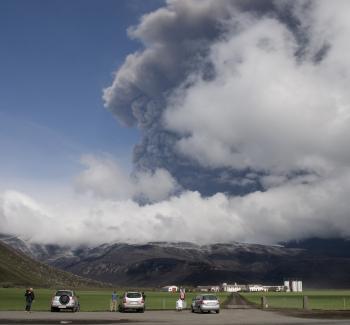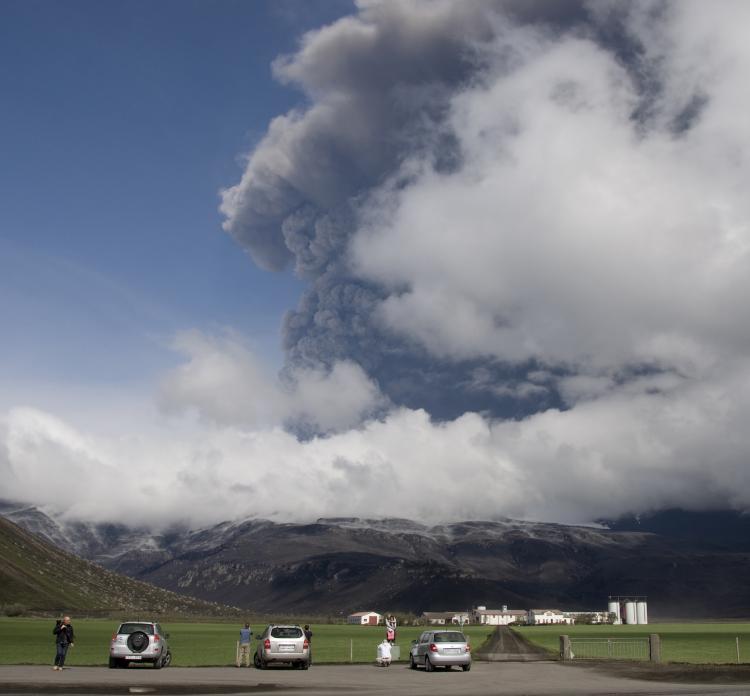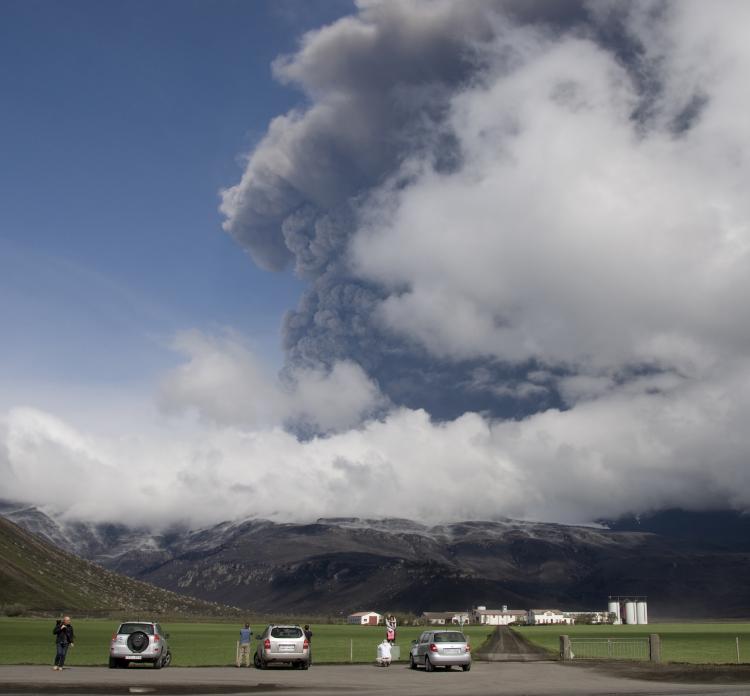New Rules on Iceland Volcano Ash Cloud to Reduce Air Chaos
New rules in Britain on flights through volcanic ash came into force that should reduce disruption to air travel.

New ash clouds blasted out from Iceland's Eyjafjoell volcano brought fresh travel chaos to thousands of air travellers on May 17, as key European airports shut down. Heidar Kristjansson/Getty Images

Simon Veazey
Freelance Reporter
|Updated:





